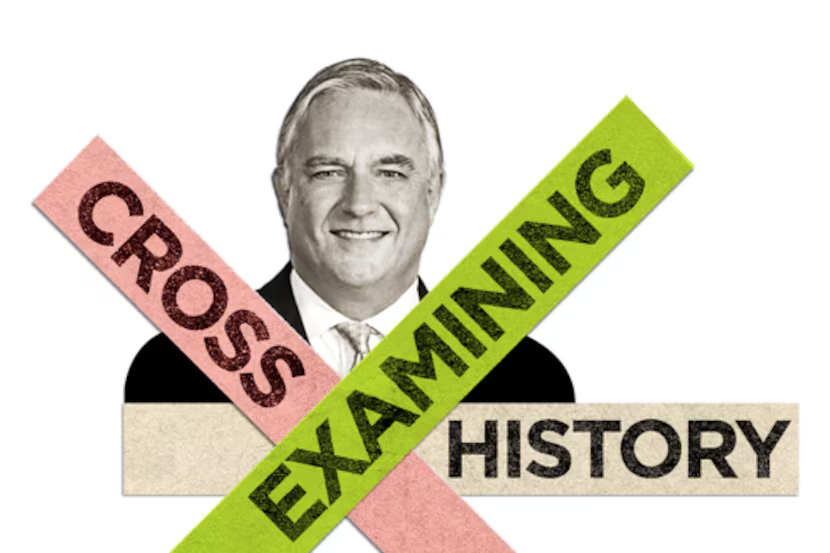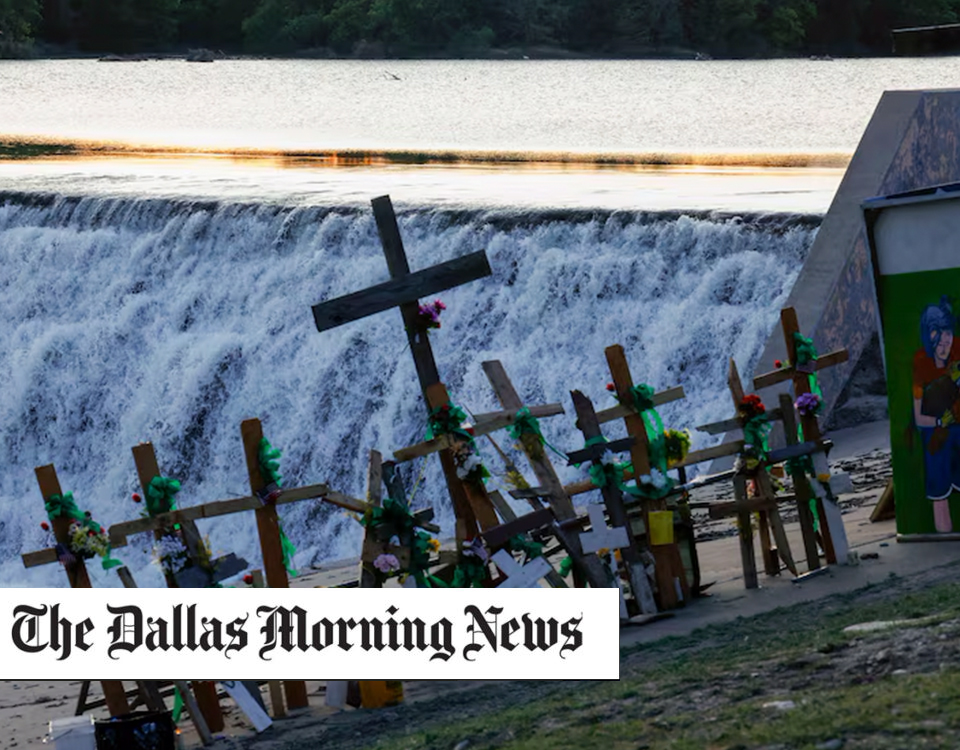
President Franklin Roosevelt at his desk in the White House on May 22, 1941. Contributing columnist Talmage Boston writes that the flurry of executive orders in the first 100 days of Donald Trump’s current term mirror the frenzy in FDR’s, though for different reasons and in different times. (FDR Library Collection/TNS)
Boston: FDR’s legacy is more than big government
Like Reagan and now Trump, FDR sought to shape the presidency to the needs of the moment.
In making assessments of presidential legacies, Harry Truman aptly concluded, “It takes 50 years for the dust to settle.” Franklin D. Roosevelt died 80 years ago Saturday, on April 12, 1945, at the age of 63. The dust is fully settled on Roosevelt’s place in history, and now is as good a time as any to recognize how the evaluation of his time in the Oval Office should impact our assessments of his successors.
Roosevelt has been consistently ranked by historians as America’s third greatest president behind only Abraham Lincoln and George Washington.
On a micro level, many of Roosevelt’s New Deal programs were not successful, but on a macro level, over the long haul, he brought the nation through two of the worst crises in American history — the Great Depression and World War II. He did it by making government larger, yet he did so out of necessity at a time of national emergency when the policy of smaller laissez faire government pursued by his predecessor, Herbert Hoover, had done little to achieve the needed national turnaround.
If we’re playing word association games, the most likely reaction to the name “Franklin Roosevelt” today is “big government.” Since MAGA nation sees the current federal government as bloated, wasteful and unaligned with the needs of many Americans, most supporters of President Donald Trump view FDR in a largely unfavorable light.
Those who take this position are ignoring the circumstances that led Roosevelt to do what he did in expanding our government throughout his March 1933–April 1945 presidency.
In the Roaring Twenties, during the Warren Harding and Calvin Coolidge presidencies, most Americans believed that anyone with street smarts and ambition could achieve his financial goals and live a prosperous life simply by keeping his nose to the grindstone. That American dream turned into a nightmare seven months into Hoover’s presidency when the stock market crashed in October 1929, causing millions to lose their jobs.
Hoover was a businessman who fully benefited from the American free enterprise system. His policy of letting the marketplace attempt to reset itself resulted in a nation overwhelmed by hopelessness over the next three years, with unemployment reaching 25%, steep declines in production and 2 million people homeless. Something had to change.
As the Democratic presidential nominee, Roosevelt promised to instigate a dramatic change with his New Deal approach by which he would unleash the power of the federal government.
With “nothing to fear but fear itself,” and working closely with a Congress controlled by his party, FDR’s first 100 days were hyperactive and marked by a rising tide of executive orders, not unlike the opening months of Trump’s second term. Some of Roosevelt’s bold initiatives succeeded and some didn’t, as is expected to be the case from Trump’s recent slew of policy pronouncements.
In a radio “fireside chat” early in his presidency, FDR told the country, “I have no expectation of making a hit every time I come to bat. What I seek is the highest possible batting average.”
Though Roosevelt’s New Deal programs did not bring the country out of the Great Depression by the time the Japanese attacked Pearl Harbor on Dec. 7, 1941, his inspirational leadership in aggressively trying to achieve a turnaround moved voters to reelect him to a second term in 1936, and an unprecedented third term in 1940, winning both elections by large margins.
Once America entered World War II, FDR successfully directed the war effort as commander in chief, which led to another decisive reelection in 1944, though he served only three months of his fourth term before dying of a cerebral hemorrhage.
Clearly, what FDR was selling throughout his presidency, most Americans were buying.
Among those backing Roosevelt and his big government policies in all four elections was a young Midwesterner named Ronald Reagan, whose family survived the Great Depression in a state of hand-to-mouth poverty, living out of suitcases as they moved from one shabby rent house to the next in small Illinois towns.
Forty years after his support of FDR’s New Deal, Reagan flipped the script on his former presidential hero, leading a political revolution that brought him to the White House in 1980 and again in 1984, with both elections producing landslides similar in size to Roosevelt’s huge margins of victory.
Reagan had applauded Roosevelt’s big government initiatives throughout the Great Depression and World War II, but with each passing year after the war, the need for big government diminished. The government, however, continued to grow, and that fact caused Reagan to leave the Democratic Party in 1962.
In the 1980 campaign, the American economy was in a malaise that arose during Jimmy Carter’s presidency. As the Republican Party’s nominee, Reagan chose for his campaign a theme that totally conflicted with FDR’s New Deal, though it strongly resonated with most Americans at the time: “Government is not the solution to our problem; government is the problem. … It is no coincidence that our present troubles parallel and are proportional to the intervention and intrusion in our lives that result from the unnecessary and excessive growth of government.”
Once he became president, Reagan proceeded to pursue policies that revived the American economy while restoring the nation’s self-confidence, and he also directed a foreign policy that won the Cold War without ever firing a shot. These achievements have led most historians to rank him among our 10 greatest presidents and recognize him as the spiritual godfather of the conservative Republican movement.
Two-time Pulitzer-finalist H.W. Brands has written acclaimed biographies of both Roosevelt and Reagan. His conclusion: “What FDR was to the first half of the twentieth century, Reagan was to the second half. Both restored America’s faith in their country by channeling the power of the American people into his voice.”
In the context of attempting to lead the nation through today’s domestic and international challenges, Trump has taken bold actions early in his second term, presumably believing that he is channeling the voice of those Americans who elected him. His hopes for bringing about a major change in the size and role of government essentially mirror the precedent for dominant executive branch leadership that started with FDR and continued with Reagan.
FDR’s legacy should be appreciated for decades to come because he grasped what had to be done to get the American people of his era back on their feet. It will be decades of dust-settling before we can accurately assess whether Trump’s initiatives achieve the same result.
What we know now is that Roosevelt’s and Reagan’s presidencies were among the most successful in American history because with their respective “big government” and “less government” approaches, they rescued the American dream from circumstances that threatened to extinguish it. Here’s hoping that President Trump’s policies will succeed and keep that dream alive.




